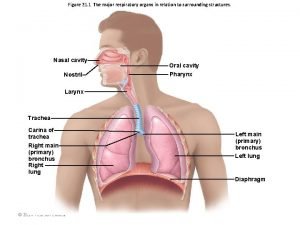GCSE Science Fold Solve Forces Fold the answers

- Slides: 1

GCSE Science Fold & Solve – Forces Fold the answers and work through the questions below. 1 AO 1. Name 2 scalar quantities. 2. Name 2 vector quantities. 3. Give 2 examples of non-contact forces. 4. Draw an arrow in Box 1 to show the direction of the force that the car exerts on the barrier. 5. Draw an arrow in Box 2 to show the direction of the force that the barrier exerts on the car. 6. The car exerts a force of 5000 N on the barrier. The barrier does not move. The force exerted by the barrier on the car will be ________ 5000 N. 2 AO 1. 2. The swimmer is moving at constant speed. Force T is 120 N. What is the size of force D? By increasing force T to 140 N, the swimmer accelerates to a higher speed. Calculate the size of the initial resultant force acting on the swimmer. Even though the swimmer keeps the force T constant at 140 N, the resultant force on the swimmer decreases to zero. Explain why 3. 3 AO 1. 2. How can you tell, from Figure 2, that the limit of proportionality of the spring has not been exceeded? Use data from Figure 2 to calculate the spring constant of the spring. Give the unit. Answers – Fold this over! AO 1 1. Distance/Speed/Mass/ Time. 2. Displacement/ Velocity/Force/Acceler ation. 3. Gravity/Electrostatic/M agnetic 4. Horizontal arrow to the right. 5. Horizontal arrow to the left. 6. Equal to. AO 2 1. 120 N 2. 20 N 3. • As speed increases • Water resistance/drag increases. • Until D=140 or D=T. AO 3 1. The line is straight/linear. 2. • F=ke so 160 = k x 0. 4 • 160 ÷ 0. 4 = 400 N/m

